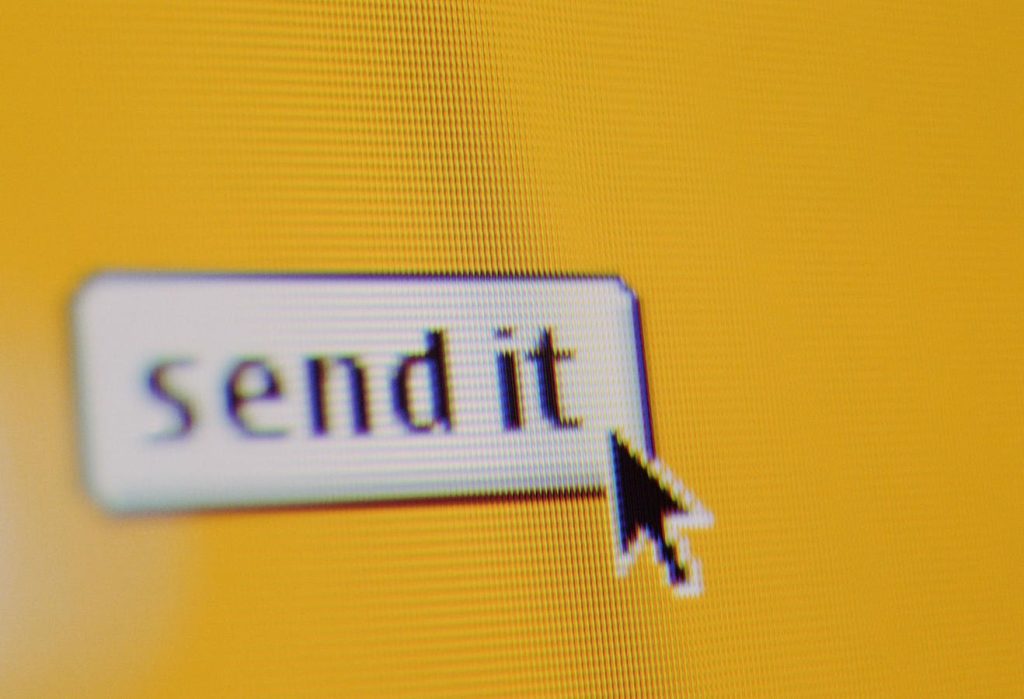Email overload is becoming a prevalent issue in the workplace, with the average worker sending 130 emails and receiving 368 every week. Even on weekends, people are sending 11 emails and receiving 40. This constant influx of emails can lead to distractions and a lack of focus on meaningful tasks, with 63% of remote workers checking their work email during weekends and 34% while on vacation. Responding to emails can take up to 8.8 hours a week, impacting productivity.
To combat email overload and regain focus on important tasks, individuals can utilize ChatGPT to manage emails more efficiently. By batching responses every few days and using AI prompts, individuals can craft perfect responses in a fraction of the time, reducing the stress and time spent on emails. By utilizing tools like ChatGPT, individuals can maintain a steady workflow without being overwhelmed by the constant stream of emails that demand attention.
One useful feature provided by ChatGPT is the ability to politely decline invitations in seconds by crafting responses that explain why the invitation is not suitable and under what conditions it would be accepted. This can help individuals save time and energy on responding to emails that do not align with their priorities or interests. By using AI prompts to decline invitations, individuals can maintain professionalism while efficiently managing their inbox.
Another helpful feature of ChatGPT is the ability to respond to emails based on personal principles and beliefs. By training the AI model with specific principles and values, individuals can ensure that their responses are consistent with the image they want to portray. This can help maintain a solid reputation and ensure that email responses align with personal values and goals, ultimately leading to more effective communication.
Individuals can also use ChatGPT to appease senders by crafting responses that satisfy the sender’s expectations and prevent follow-up emails. By describing the sender and letting the AI analyze their email, individuals can draft responses that address the sender’s needs and effectively close the conversation. This can help streamline communication and reduce the time spent on unnecessary back-and-forth emails.
In addition, individuals can use ChatGPT to communicate that they are busy and unable to fulfill requests at the moment. By using phrases like “Yes but not yet,” individuals can clearly convey that they are not available immediately but may be able to address the request at a later time. This can help set boundaries and manage expectations while maintaining a professional and polite tone in email responses. ChatGPT can help individuals navigate email overwhelm by providing prompts for easy responses that allow them to focus on more important tasks and improve productivity.


